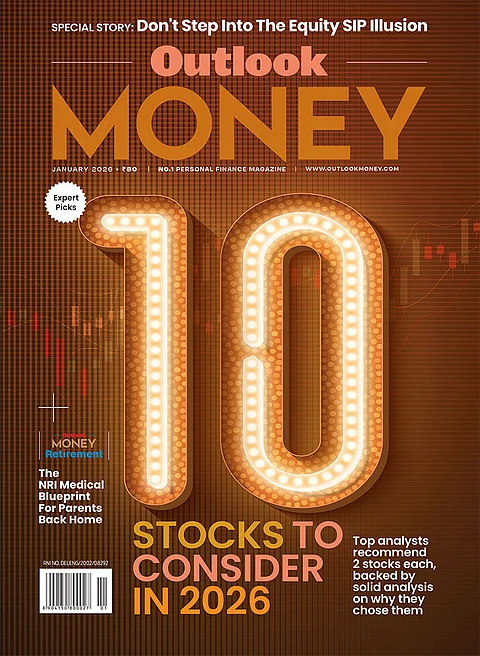Recent economic data has painted a murky picture. On the one hand, the Indian economy seems to be losing its growth momentum. Prints of GDP growth for Q2FY25 have come in at 5.4% compared to 6.7% and 7.8% in the preceding two quarters, prompting the RBI and other organizations to revise down India’s FY25 growth forecasts. On the other hand, despite this slowdown in growth, India continues to be one of the fastest growing major economies in the world.
Similarly, on the inflation front, after price pressures heated up in October, retail inflation has cooled down to 5.5% in November. While this is a relief, it is still fairly above the Indian central bank’s 4% target.
This combination of softer growth and still high inflation raises the following questions – is this slowdown in growth temporary or structural? How sticky will the price pressures turn out to be? Will slowing growth nudge Indian policy makers to cut interest rates and support growth? Or will price stability be their priority? As such, will the economic upcycle continue or falter? How will India fare compared to its developed peers? What will be the repercussions for equity markets? And how should investors position their portfolios?
Global developments make the situation very tricky to navigate. For an extended period up till the early 2020s, the global environment was marked by stable inflation, supportive monetary conditions and fewer geopolitical disputes. This translated to calmer, more predictable business environment and thus lower stock market volatility.
Global developments make the situation even trickier to navigate. For an extended period up till the early 2020s, the global environment was marked by stable inflation, supportive monetary conditions and fewer geopolitical disputes. This translated to calmer, more predictable business environment and thus lower stock market volatility.
But the supply disruptions of the pandemic along with the ultra-accommodative monetary policy and pent-up demand resulted in a period of high inflation. In response, monetary policy globally took a hawkish turn and jacked up interest rates, making economic conditions difficult for consumers and businesses. This is now being followed by a period of low global growth and stock market volatility. The Russia-Ukraine war and the conflict in the Middle East have disrupted global peace and cooperation, further weighing negatively on trade, prices, risk sentiment, capital flows and equity markets.
With so many moving parts, predicting the economic and investment outlook is not easy. In such a scenario of fluctuating economies and stock markets, a reasonable strategy would be one where the portfolio can be actively arranged to better respond to changing business cycles and economic developments.
Business cycles refer to the alternating periods of growth and slowdowns that economies go through. Business cycle investing therefore involves tracking and analysing domestic macroeconomic developments like GDP growth, fiscal deficit, interest rates, inflation, credit growth, capex growth, and external factors like global growth and global interest rate outlook to identify shifts in the economic landscape and accordingly allocate capital to sectors based on whether they are expected to outperform or underperform.
Investors who don’t have the time or expertise to track market developments or business cycles themselves can consider business cycle mutual funds to optimize their investment outcomes. Business cycle mutual funds tactically position their portfolios to benefit from an upcycle and minimize the impact of a downcycle by timely increasing exposure to bullish sectors and reducing exposure to bearish sectors. With their research-backed, low-cost and agile allocations, these funds are a more efficient alternative to Do-It-Yourself investing and have the potential to generate alpha and lower risk through the different phases of a business cycle.
Disclaimer: The Views are Personal and not a part of the Outlook Money Editorial Feature













